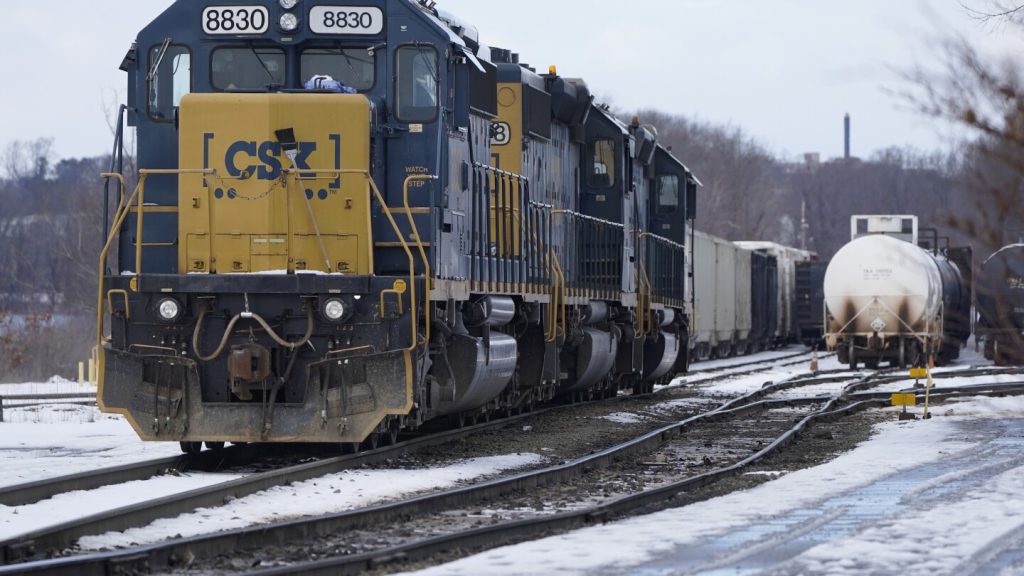CSX worker Fred Anderson was killed in a tragic incident in a railyard in Walbridge, Ohio, when he was run over by two remote-control locomotives. The use of remote control operators in railyards has been on the rise as it helps reduce costs and utilizes less experienced workers. However, the practice has raised concerns from unions like the Brotherhood of Locomotive Trainmen and Engineers, who argue that two-person crews would provide a safer working environment. Federal Railroad Administration spokesman Warren Flatau mentioned that the agency is looking into the use of remote control after this incident and others.
The National Transportation Safety Board provided an update on the investigation into Fred Anderson’s death, shedding light on the circumstances of the accident. The incident has brought attention to the safety practices in the railroad industry, especially after the Norfolk Southern derailment in East Palestine, Ohio, last year. Anderson was struck by the remote-control locomotives while the operator was on the ladder at the back of the train, with no view of the front. The incident has sparked discussions about the importance of having a traditional crew of engineers or conductors to monitor the surroundings and prevent accidents.
The discussion around the safety of using remote-control trains in railyards has intensified following Fred Anderson’s death. While railroads argue that the practice is safe based on years of experience, unions and workers like George Oliger, who was with Anderson at the time of the accident, advocate for two-person crews to enhance safety. Oliger expressed that having a second crew member present could have potentially prevented the tragic incident. The debate is ongoing, with varying opinions on the effectiveness and safety of remote-control operations in railyards and beyond.
The railroad industry is under scrutiny to improve safety measures and prevent accidents like the one that led to Fred Anderson’s death. While rail companies stress the importance of following safety protocols, there are concerns about the effectiveness of remote control operations and the need for additional crew members to enhance safety. The Federal Railroad Administration and CSX have issued advisories to remind rail workers to be cautious when crossing tracks and to always be aware of potential train movements. The investigation into Anderson’s death is ongoing, focusing on CSX’s safety procedures and training.
The role of remote control operators in the railroad industry has raised questions about the safety and effectiveness of one-person operations. The Brotherhood of Railway Carmen union has reported multiple deaths involving remote-control trains in recent years, highlighting the risks associated with this practice. The industry is facing pressure to reevaluate its safety practices and consider the implementation of two-person crews to enhance safety in railyards and prevent future accidents. As the investigation into Fred Anderson’s death continues, the focus remains on improving safety measures and preventing tragedies in the railroad industry.


